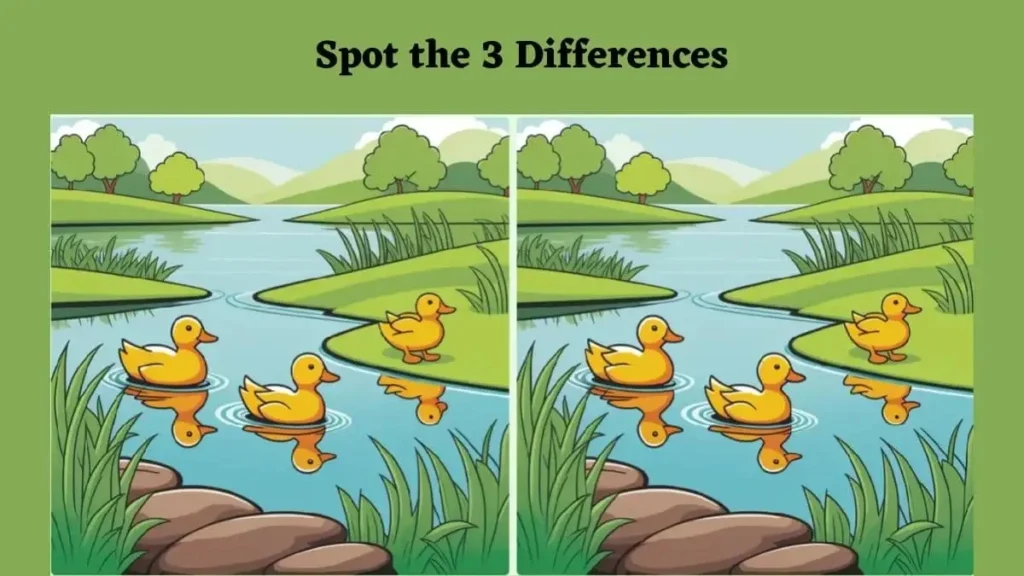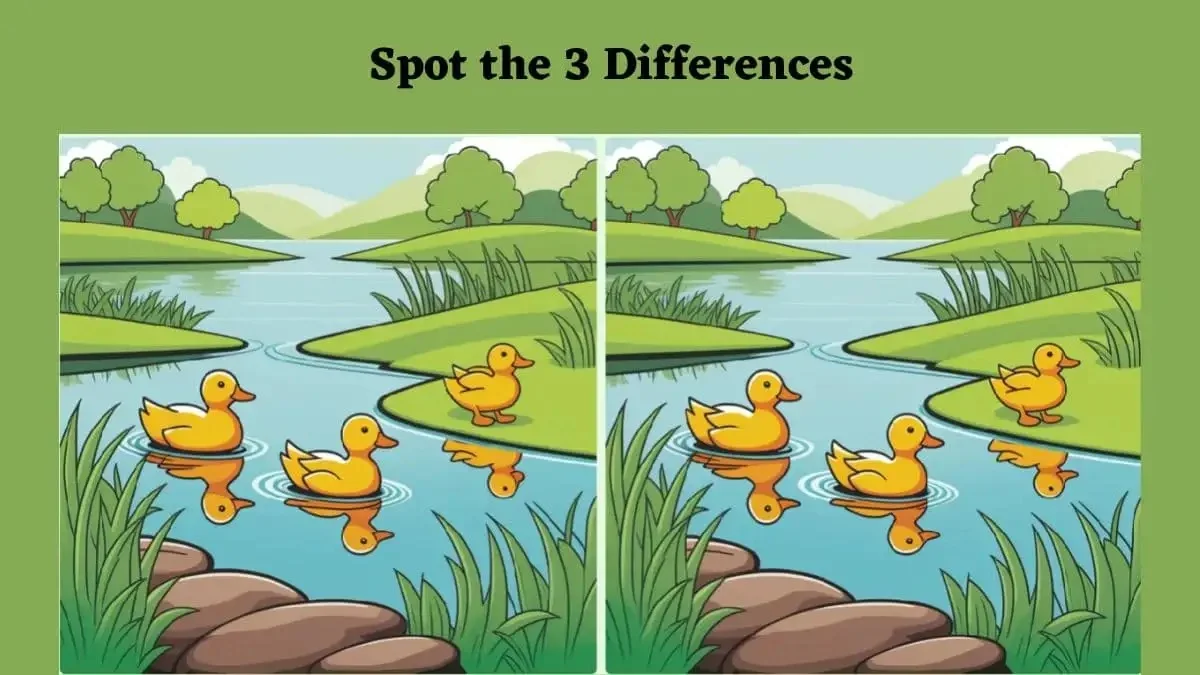In a world brimming with digital entertainment and visual stimuli, the allure of optical illusions remains timeless.
Among the plethora of mind-bending visual conundrums, the spot-the-difference picture puzzle stands out as a quintessential test of observation and perception.
Delving into the realm of these perplexing puzzles, we explore the intricacies of deciphering subtle disparities within captivating images.
Today, we embark on a journey to unravel the secrets concealed within the “Beautiful Palace” picture puzzle, challenging even the sharpest of eyes to identify eight elusive differences in a mere eighteen seconds.
Understanding Optical Illusions:

Optical illusions are captivating phenomena that deceive the human visual system, often exploiting inherent weaknesses and biases in perception.
These illusions manipulate various visual cues, such as perspective, color, and contrast, to create misleading impressions or distortions of reality.
The human brain, equipped with its remarkable ability to interpret visual stimuli, can sometimes be tricked into perceiving something that defies logical explanation.
Spot-the-difference puzzles, a subset of optical illusions, present pairs of seemingly identical images with subtle variations.
These differences, often concealed amidst intricate details, challenge observers to meticulously scrutinize each element to uncover discrepancies.
While some disparities may be glaringly obvious, others demand acute attention to detect, pushing the limits of visual acuity and cognitive processing.
The Art of Spotting Differences:
Engaging in spot-the-difference puzzles transcends mere visual entertainment; it requires a blend of keen observation, patience, and cognitive flexibility.
The process begins with a systematic approach to comparing the two images, focusing on specific regions while simultaneously scanning the entire picture for irregularities.
Attention to detail is paramount, as even the slightest deviation can unveil a hidden disparity.
Strategies for success include starting from one corner of the image and methodically working across, utilizing peripheral vision to detect anomalies, and mentally cataloging identified differences to avoid redundancy.
Additionally, employing techniques such as squinting or adjusting viewing angles can enhance contrast and reveal obscured details, further aiding in differentiation.
The Science Behind Perception:
Behind the apparent simplicity of spot-the-difference puzzles lies a complex interplay of cognitive processes governing visual perception.
The brain’s visual system processes incoming sensory information through a series of hierarchical stages, from basic feature detection to higher-order interpretation.
However, this process is not flawless; cognitive biases, such as inattentional blindness and change blindness, can impede the detection of subtle variations.
Inattentional blindness refers to the phenomenon where individuals fail to perceive conspicuous objects or events in their visual field due to a lack of attention directed towards them.
Change blindness, on the other hand, describes the inability to detect changes in a scene when they occur gradually or are masked by distractions.
These cognitive limitations underscore the challenge posed by spot-the-difference puzzles, highlighting the intricate relationship between attention, perception, and awareness.
Deciphering the “Beautiful Palace” Puzzle:
Now, let us turn our attention to the enigmatic “Beautiful Palace” picture puzzle, a visual masterpiece adorned with intricate details and mesmerizing aesthetics.
Against the backdrop of majestic architecture and lush greenery, eight elusive differences await discovery, concealed within the rich tapestry of the scene.
With only eighteen seconds at our disposal, the race against time intensifies as we embark on the quest to unveil these hidden anomalies.
As the timer begins its countdown, our eyes dart across the image, meticulously scouring every nook and cranny for signs of divergence.
The clock ticks relentlessly, urging us to maintain focus amidst the allure of the picturesque setting.
Suddenly, a flicker of recognition ignites within our minds as the first dissimilarity emerges from the sea of uniformity.
With each detected difference, a surge of satisfaction washes over us, driving us to persevere in our quest for completeness.
Yet, the challenge intensifies as the seconds dwindle, testing the limits of our perceptual prowess.
Time becomes both ally and adversary, propelling us forward in our pursuit while imposing constraints on our endeavors.
Conclusion:
In the realm of optical illusions, spot-the-difference picture puzzles reign supreme as quintessential tests of observation and perception.
Through a fusion of art and science, these captivating challenges captivate our senses, pushing the boundaries of visual acuity and cognitive processing.
As we unravel the mysteries concealed within the “Beautiful Palace” puzzle, we embark on a journey of discovery, honing our abilities to discern the subtle nuances that lie beneath the surface of reality.
So, take a moment to immerse yourself in the captivating world of optical illusions, where only razor-sharp eyes can unlock the secrets hidden within the intricate tapestry of images.
